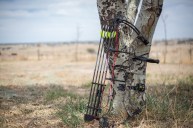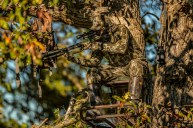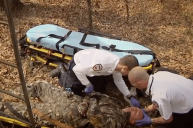Plenty of us know from experience, so we'll pass it on: Here are the biggest things to avoid when preparing your treestands.
We understand the excitement; the season's coming, and you've begun the process of hanging, checking in on, or establishing brand new treestands on the land you intend to hunt. It's a great feeling, a fun part of the preseason prep, and a fantastic opportunity to get outside.
Well, wipe that grin off your face and get serious for a minute. There's no way you can go through a treestand prep process and expect everything to go 100% smoothly. There are a lot of opportunities to mess up, and believe us, we would know.

How, you ask? What makes you such an expert? Uh, mistakes, and lots of 'em. We aren't afraid to admit it, and you shouldn't be either. What you should be afraid of is making them twice, or not learning from them.
With that in mind, lets talk through three big no-nos to avoid as you work on your stands and build up to the season. Since we've made the dumb moves already, might as well help others to steer clear.
Neglecting the growth factor
A lot of times we get excited when we find a potential spot for a new stand. We look at the placement, study the prevalent winds, and hopefully scope out the level of coverage surrounding the stand.
What's funny is that hunters usually overlook one important thing: trees and shrubs grow throughout the year, and an oak branch in spring is much different in September. We know you know that, but do you apply it to your treestands as much as you should?
What we mean is this: Trimming and pruning is vital to a treestand's effectiveness. If you don't have a clear shooting lane, what good is the stand?
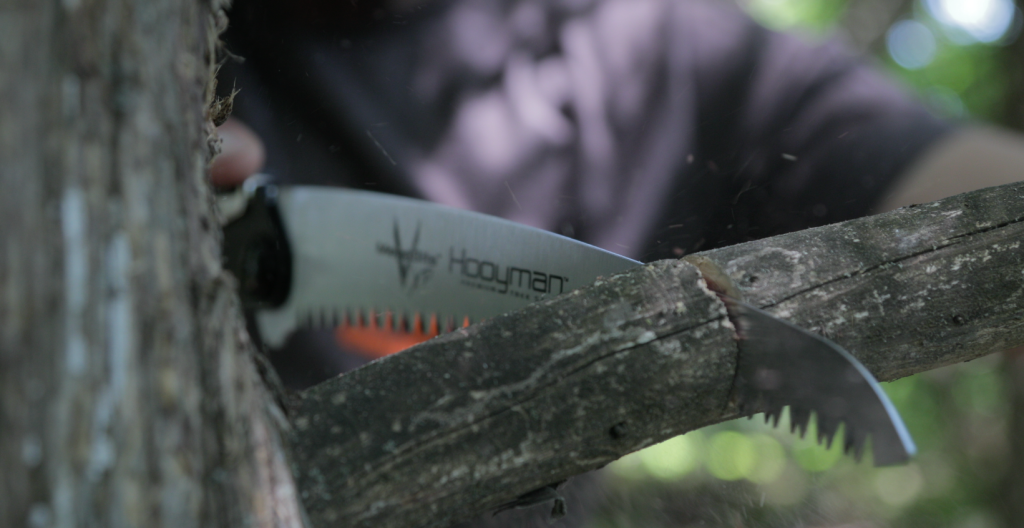
Since deer and other game are always susceptible to changes in their environment, the less we change things the better. If that's the case, which is the better approach: Cutting and pruning in smaller increments more often, or buzzing down entire limbs a month and a half before deer season? Yeah, don't make that dumb mistake.
The wrong tools
Today's tools have come a long way, making the more frequent option easier and more effective. If you're inspecting and slightly altering the shrubbery around your stands throughout the year, you're going to be setting yourself up.
In fact, something as simple and easy to carry as Hooyman's Megabite™ can get you pretty far in your treestand prep phase.
Also, it should go without saying, but a year doesn't go by without some hunter chainsawing through their hunting property, only to find a silent, no-show deer season follows. By now you should be hip to the idea of battery-operated saws; if not, now would be a good time to learn.
Doing too much
You hung your treestand, you managed the shooting lanes, you studied the wind, and you securely locked it in place. Now you're set until Opening Day, right?
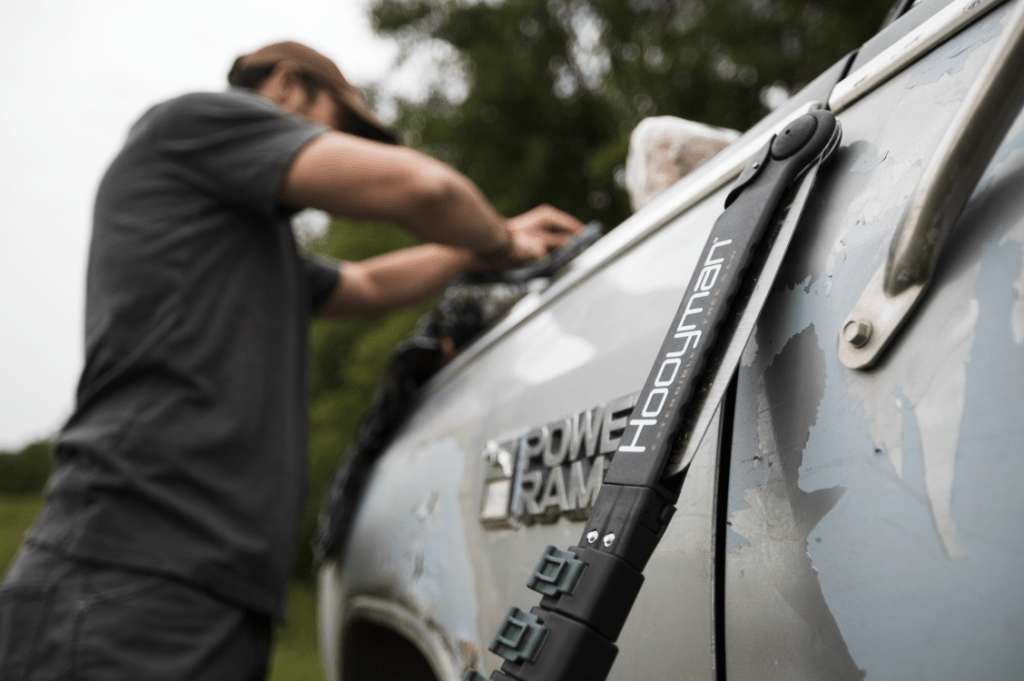
I bet you thought I'd say you're wrong. But actually, giving a stand spot time to settle down after a lot of human activity (not to mention scent) is the best move.
Now that doesn't mean you can't ever visit the stand in the months leading up to hunting season. What it does mean is limiting your impact, managing your scent, and covering your tracks, so to speak.
Try to leave as much untouched as you can, make as little noise as possible, and act as though the season is already here and there are deer nearby. If you're that stealthy, you're in the right frame of mind.
Like we said, we've already made all these dumb moves, so there's no point in repeating our mistakes. Take these suggestions to heart, and set yourself up for success once Opening Day finally arrives.
NEXT: HERE'S WHY ALL HUNTERS SHOULD HAVE A HOOYMAN 40 VOLT LITHIUM ION CORDLESS POLE SAW

